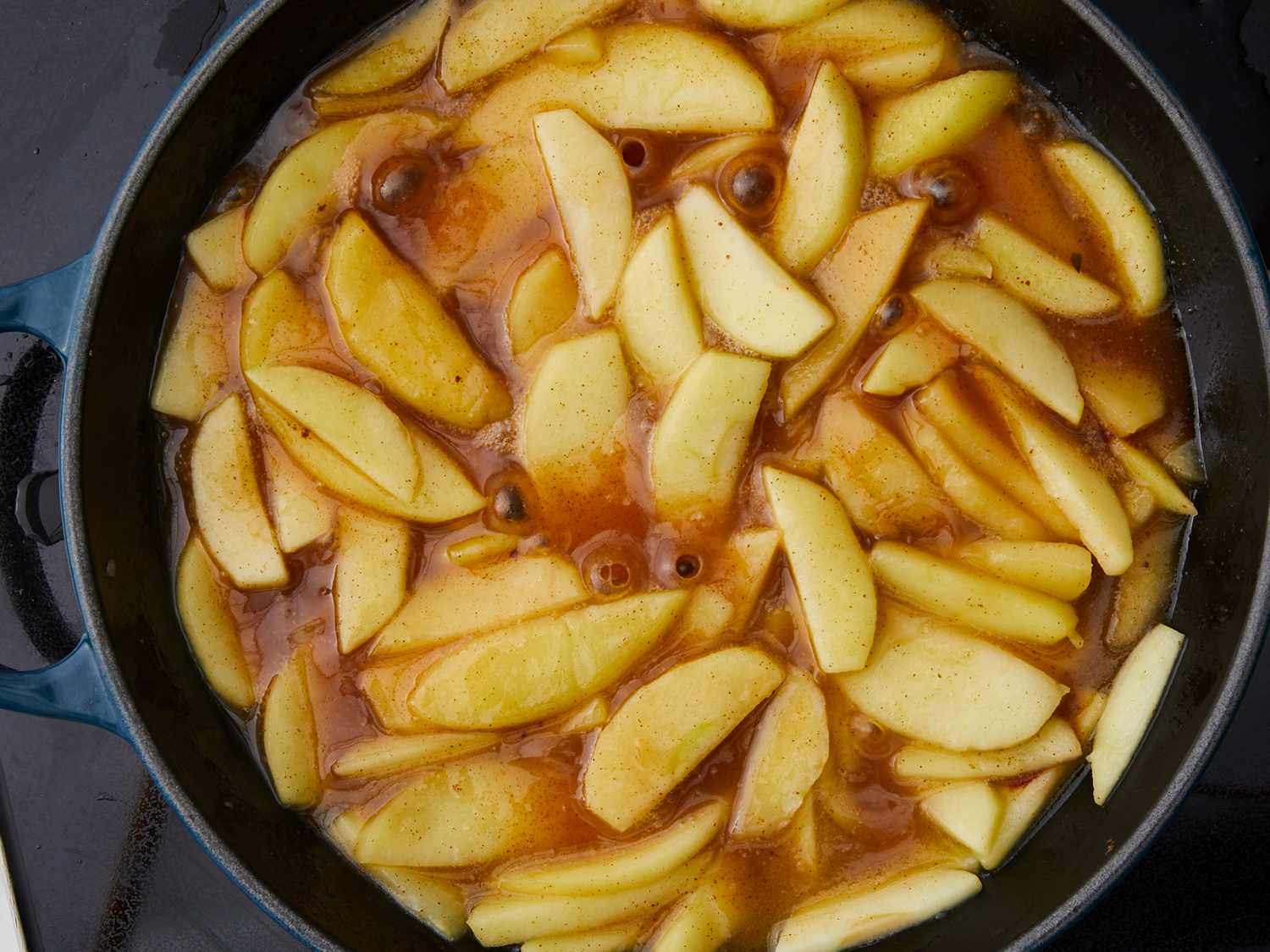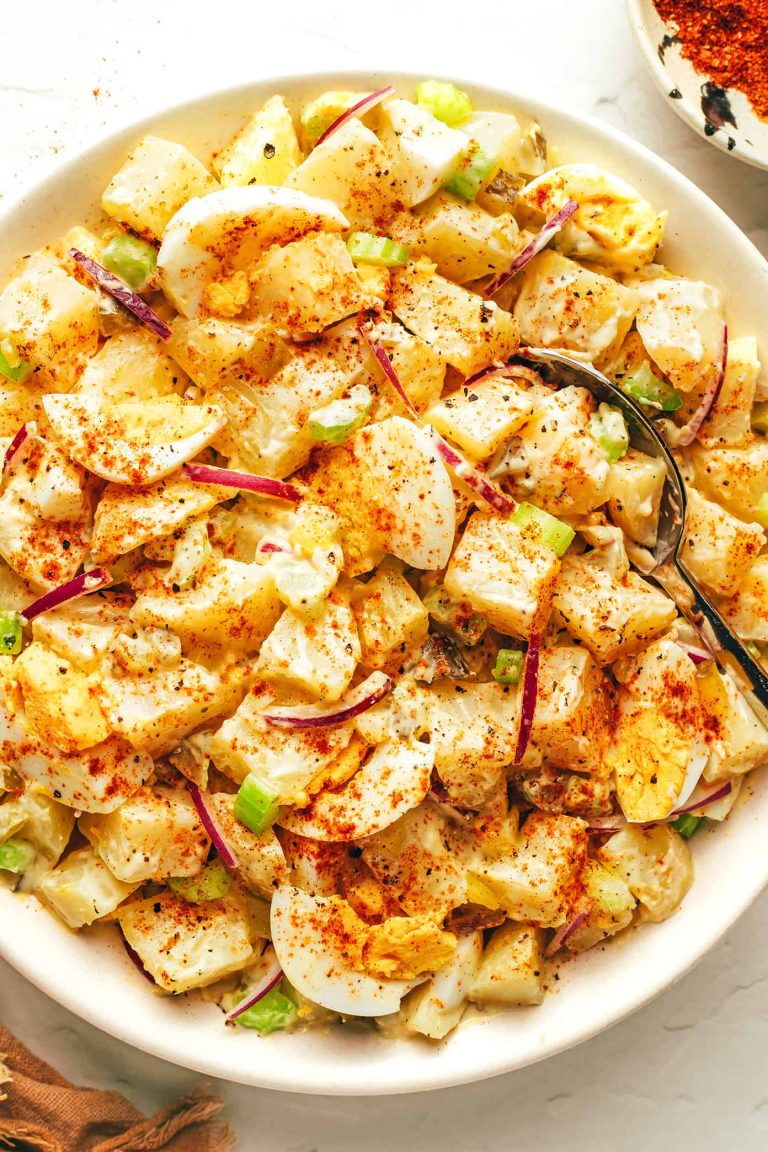Sauteed Apples: Recipes, Tips, and Serving Ideas
Sautéed apples offer versatility and simplicity. Their natural sweetness and hint of spice make them an excellent side, topping, or dessert. Preparing them is quick and easy, taking only a few minutes. Their ability to enhance dishes like pancakes, pork chops, or ice cream gives them universal appeal.
Health Benefits of Sauteed Apples
Sautéed apples provide numerous health benefits. Apples are high in fiber and vitamin C, which support digestive health and boost the immune system. Sauteeing apples retains most of their nutrients while adding rich flavors without excessive calories. Add cinnamon to your sautéed apples for its anti-inflammatory properties, enhancing both taste and health benefits.
Best Apples for Sauteing
Characteristics of Ideal Apples
Choose apples with a firm texture to avoid turning mushy during sautéing. Opt for a balanced sweet-tart flavor profile for depth and complexity in your dish. Ensure the apples hold their shape and have a pleasant, fresh aroma. Look for apples with a smooth, unblemished skin to ensure they are fresh and free from damage.
- Granny Smith: Known for their tartness and firm texture, Granny Smith apples offer a lively flavor and hold up well during cooking.
- Honeycrisp: With a perfect balance of sweetness and acidity, Honeycrisp apples remain crisp and add a juicy bite to your sautéed dish.
- Braeburn: These apples provide a robust apple flavor with hints of citrus and spice, maintaining their shape during sautéing.
- Fuji: Fuji apples add sweetness without being overly sugary, offering a crunch that stands out in sautéd preparations.
- Gala: A bit softer than other varieties, Gala apples have a sweet flavor that pairs well with cinnamon and other spices used in sautéing.
Essential Ingredients for Sauteed Apples
The Role of Spices
Spices add depth and complexity to sautéed apples. Cinnamon, a staple in this dish, enhances the apple’s natural sweetness and provides anti-inflammatory benefits. Nutmeg imparts a warm, nutty flavor that complements the apples’ tartness. Adding cloves gives a slightly pungent taste, which balances the dish. Experimenting with cardamom offers a floral aroma, enhancing the overall sensory experience. Using high-quality, fresh spices maximizes flavor and nutritional benefits.
Sweeteners and Their Effects
Sweeteners affect the flavor and texture of sautéed apples. Brown sugar, with its molasses content, adds a rich, caramel-like flavor. Honey, a natural sweetener, provides floral notes and can contribute to a smoother texture. Maple syrup introduces a unique, earthy sweetness and aids in achieving a slightly thickened sauce. Choosing the right sweetener impacts the final taste, texture balance, and healthiness of the dish. For a lower-calorie option, consider using stevia; it maintains sweetness without extra calories.
Cooking Techniques for Perfect Sauteed Apples
Pan Selection and Temperature Control
Choosing the right pan ensures even cooking and optimal caramelization. Use a heavy-bottomed skillet, like cast iron or stainless steel, for consistent heat distribution. Non-stick pans prevent sticking but generate less browning.
Temperature control is critical. Start with medium heat to melt butter and coat the pan. Once the butter is bubbling, reduce the heat to medium-low before adding apple slices. This prevents burning while allowing the apples to soften evenly.
Timing and Texture Optimization
Cooking time influences the texture of sauteed apples. For firmer apples, cook for 5-7 minutes. For softer, more tender slices, extend cooking to 10-12 minutes. Stir occasionally to ensure even cooking and avoid sticking.
Consider factors like apple variety and slice thickness. Thinner slices cook faster, while thicker slices maintain more bite. Balance sugar content with cooking time for ideal caramelization without over-softening the fruit.
Serving Suggestions for Sauteed Apples
Breakfast Ideas
Serve sautéed apples with various breakfast dishes to elevate flavors. Spoon them over oatmeal for a warm, comforting start. Pair with Greek yogurt, and add granola for a balanced parfait. Top pancakes and waffles with a generous serving of sautéed apples, enhancing the classic dishes. Integrate into breakfast burritos along with scrambled eggs and cheese for an unexpected twist. For a quick option, spread on toast with a thin layer of almond butter.
Dessert Creations
Use sautéed apples to create sumptuous desserts. Layer them in a trifle with whipped cream and sponge cake for an elegant treat. Combine with vanilla ice cream and a drizzle of caramel sauce for a simple yet delicious dessert. Fill crepes with sautéed apples, and add a dusting of powdered sugar. Incorporate into a crumble or crisp, using oats and nuts for a crunchy topping. For a rustic option, serve alongside a wedge of your favorite cheese, like Cheddar or Brie.
Conclusion
Sautéed apples offer a delightful blend of simplicity and versatility that’s hard to beat. Whether you’re looking to elevate your breakfast, create a show-stopping dessert, or enjoy a savory snack, these flavorful fruits have you covered. Experiment with different spices, sweeteners, and serving ideas to discover your favorite combinations. With a few basic ingredients and straightforward techniques, you can transform humble apples into a culinary masterpiece. So go ahead and bring the comforting taste of sautéed apples into your kitchen today.






